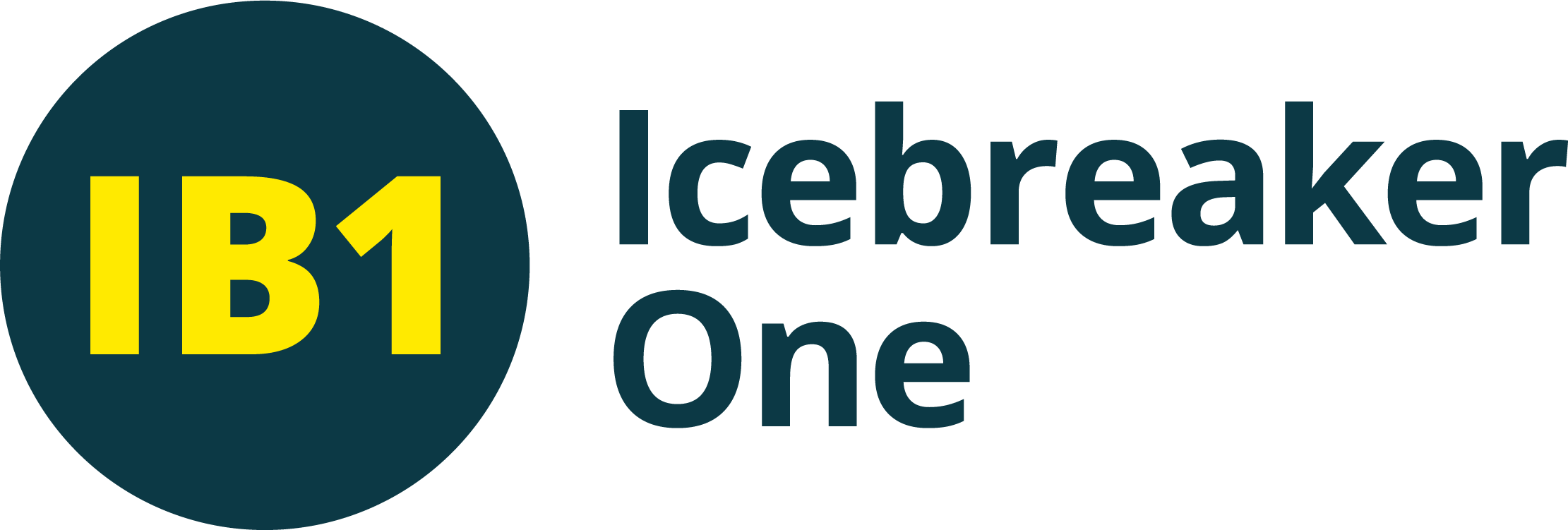In May, we reconvened the Open Energy – Purpose, User & Market Needs Advisory Group 1.
Date: 15 May 2025 10:00-12:00 BST
Co-chairs: Mike Ricketts (SSEN-Distribution); Gea Winterson-Mikic (Icebreaker One)
The meeting aims were as follows:
- Introduce Membership
- Review the problem statement for the SIF bid
- Introduce the Scheme and Assured Open Data
Summary:
- Members were asked the Icebreaker question “For your organisation, which is the biggest challenge, the creation of a Local Area Energy Plan or the delivery?” and it was noted that:
- Providing the financing against the delivery plan is a challenge
- There is pressure from CP2030 and the growth agenda
- The length of planning cycles are prohibiting material delivery, with the data agenda moving more rapidly than planning timelines will allow for
- There could be benefit in digitalising the planning process, allowing for a smoother information exchange between regulator and regulatee
- Data maturity was discussed:
- Delivery will be challenging due to the existing barriers of lack of data maturity and poor data infrastructure in some areas
- Thinking must be done in the context of the ability of end-users to work with any data being published
- It was noted that the membership and funding approach for Open Energy was presented to members. It is intended to apply for SIF funding for the presented use case
- It was noted that the problem statement and the the bid for the SIF fund will focus on high-energy demand point integration in Oxford
- For the Oxford area, there are multiple DNOs. Currently, it is difficult to combine the data that is being shared with Local Authorities (LAs) as part of a LAEP.
- It was discussed that the data standardisation to generate the LAEP is not the key value of the use case, but rather will enable wider data sharing.
- The real value comes from the business and industrial sector being able to access this data, through a Trust Framework, to inform the planning and deployment of low carbon technologies
- It was noted that a governance layer is planned for the Data Sharing Infrastructure (DSI), but the DSI may not be the platform implementing this use case in the near term
- Benefits of focusing on the problem statement were noted:
- There are opportunities for the end-to-end value chain if the two way flow of data can be standardised, including planning and modeling of load on the network
- A Trust Framework allows for an open market approach, bringing innovation, better tooling, services to mediate and a confidence surrounding data sharing
- Members were given an update on the Assured Open Data scheme:
- It was noted that assured open data demonstrates and requires good practice, enables provenance and solidifies long-term confidence in the data.
- It was noted that common scheme technical definitions, for example assurance levels, are maintained as a central specification resource at https://specification.docs.ib1.org. This enables many schemes to adopt the same specifications via their Registries and ensure interoperability with one another.
- It was noted that there are four assurance levels for organisations, and four for datasets. These are updated versions of the ones already in use by SSEN-D on their data portal
